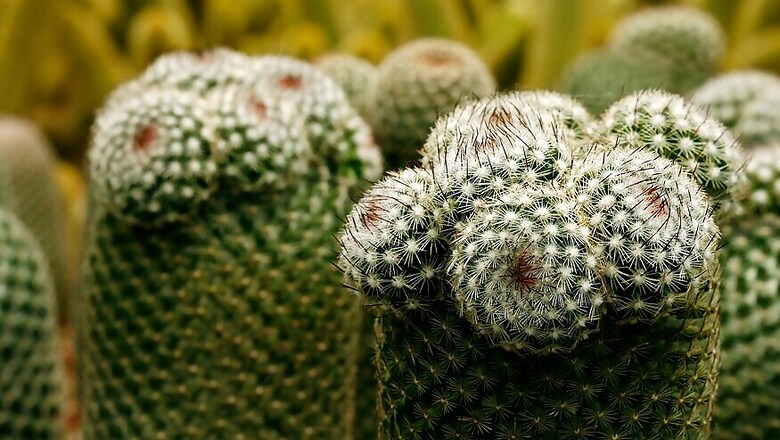
views
Sydney: A new type of nature-inspired membrane can significantly boost the performance of fuel cells and transform the electric vehicle industry, researchers have found.
The membrane, developed by scientists from CSIRO and Hanyang University in Korea, was described in the journal Nature.
The research showed that in hot conditions, the membrane, which features a water repellent skin, could improve the efficiency of fuel cells by a factor of four.
Young Moo Lee from Hanyang University, who led the research, predicted that this could have major implications for many industries, including the development of electric vehicles.
CSIRO researcher and co-author Aaron Thornton said the skin works in a similar way to a cactus plant, which thrives by retaining water in harsh and arid environments.
"Fuel cells, like the ones used in electric vehicles, generate energy by mixing together simple gases, like hydrogen and oxygen," Thornton said.
"However, in order to maintain performance, proton exchange membrane fuel cells need to stay constantly hydrated. At the moment this is achieved by placing the cells alongside a radiator, water reservoir and a humidifier," Thornton added.
Meanwhile, another CSIRO researcher and co-author Cara Doherty noted new cactus-inspired solution as its best alternative.
"A cactus plant has tiny cracks, called stomatal pores, which open at night when it is cool and humid, and close during the day when the conditions are hot and arid," Doherty said.
"This helps it retain water. Water is generated by an electrochemical reaction, which is then regulated through nano-cracks within the skin. The cracks widen when exposed to humidifying conditions and close up when it is drier," Doherty explained.
"This means that fuel cells can remain hydrated without the need for bulky external humidifier equipment. We also found that the skin made the fuel cells up to four times as efficient in hot and dry conditions," Doherty added.



















Comments
0 comment